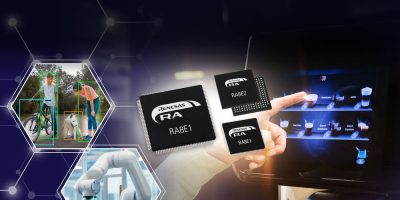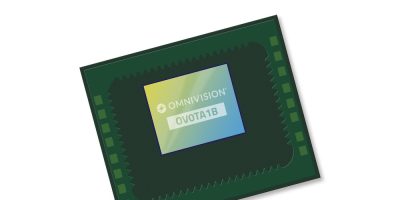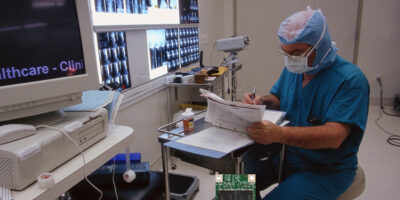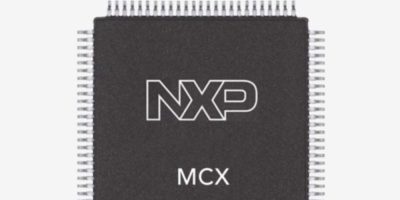Renesas has introduced the RA8E1 and RA8E2 microcontroller (MCU). Introduced in 2023, the RA8 Series MCUs are the first to implement the Arm Cortex-M85 processor, enabling them to deliver market-leading 6.39 Coremark/MHz1 performance. The new RA8E1 and RA8E2 MCUs offer the same performance but with a streamlined feature set that reduces costs, making them excellent candidates for high-volume applications such as industrial and home automation, office equipment, healthcare, and consumer products.
The RA8E1 and RA8E2 MCUs deploy Arm Helium technology, Arm’s M-Profile Vector Extension that provides up to a 4X performance boost for digital signal processor (DSP) and machine learning (ML) implementations versus MCUs based on the Arm Cortex-M7 processor. This performance uplift enables applications in the fast-growing field of AIoT where high performance is crucial to execute AI models.
RA8 Series devices integrate low power features and multiple low power modes to improve power efficiency, even while providing industry-leading performance. A combination of low power modes, independent power domains, lower voltage range, fast wakeup time and low typical active and standby currents enables lower overall system power and allows customers to lower overall system power consumption and meet regulatory requirements. The new Arm Cortex-M85 core also performs various DSP/ML tasks at much lower power.
RA8 Series MCUs are supported by Renesas’ Flexible Software Package (FSP). The FSP enables faster application development by providing all the infrastructure software needed, including multiple RTOS, BSP, peripheral drivers, middleware, connectivity, networking, and TrustZone support as well as reference software to build complex AI, motor control and cloud solutions. It allows customers to integrate their own legacy code and choice of RTOS with FSP, thus providing full flexibility in application development. Using the FSP will ease migration of existing designs to the new RA8 Series devices.
Key Features of the RA8E1 MCUs
• Core: 360 MHz Arm Cortex-M85 with Helium and TrustZone
• Memory: 1MB Flash, 544 KB SRAM (including 32KB TCM w/ ECC, 512KB user SRAM with parity protection), 1KB standby SRAM, 32KB I/D caches
• Peripherals: Ethernet, XSPI (Octal SPI), SPI, I2C, USBFS, CAN-FD, SSI, ADC 12bit, DAC 12bit, HSCOMP, temperature sensor, 8-bit CEU, GPT, LP-GPT, WDT, RTC
• Packages: 100/144 LQFP
Key Features of the RA8E2 MCUs
• Core: 480 MHz Arm Cortex-M85 with Helium and TrustZone
• Memory: 1MB Flash, 672 KB SRAM (including 32KB TCM w/ ECC, 512KB user SRAM with parity protection+128 KB additional user SRAM), 1KB standby SRAM, 32KB I/D caches
• Peripherals: 16-bit external memory I/F, XSPI (Octal SPI), SPI, I2C, USBFS, CAN-FD, SSI, ADC 12bit, DAC 12bit, HSCOMP, temperature sensor, GLCDC,2DRW, GPT, LP-GPT, WDT, RTC
• Packages: BGA 224
Availability
The RA8E1 and RA8E2 Group MCUs are available now, along with the FSP software. Renesas is also shipping a Fast Prototyping Board for the RA8E1 and will offer an RA8E2 Evaluation Kit including a TFT Display in early Q1 2025.







